What is Generative AI and how does it work?
Generative AI is a subset of Artificial Intelligence (AI) which is capable of creating new content, such as text, images, music, and video. Unlike traditional AI models that are programmed for specific tasks, Generative AI employs machine learning techniques to learn patterns from existing data and then produce new data that follow similar patterns.
Generative AI is often used in creative applications, such as generating realistic-looking images or writing creative text formats. It can also be used in more practical applications, such as generating synthetic data for training machine learning models or creating personalized user content.
Key Features and Advantages of Generative AI
Unleash the creativity of Generative AI
Generative AI shines in its ability to produce creative content that spans various domains. Whether generating art, music, or even text, the technology can replicate and expand upon the patterns it has learned. This opens up exciting possibilities for artists, writers, and creators to collaborate with AI to produce innovative and captivating content.
Realistic Data Synthesis
One of the fascinating applications of Generative AI lies in data synthesis. Through techniques like Generative Adversarial Networks (GANs), AI systems can produce remarkably realistic data. For instance, GANs can generate images which are virtually indistinguishable from actual photographs, revolutionizing industries like fashion, gaming, and design.
Personalization and Customization
Generative AI also excels in personalization. By analyzing user behaviours and preferences, AI models can create tailored recommendations. This is evident in platforms like Netflix, which employs Generative AI to suggest movies and shows based on individual viewing history. This personalized touch enhances user experiences and engagement.
The Emergence of Generative AI
Generative AI represents a further refinement of Machine Learning. At its core, Generative AI revolves around creating new, original data instances that mimic existing data patterns. Unlike conventional ML models, which are focused on classification and prediction, Generative AI generates content. This content could encompass anything from images and text to music and even videos.
Generative AI vs. Other AI Approaches
Generative AI vs. Machine Learning
Generative AI differentiates itself from traditional machine learning by focusing on creating new data rather than making predictions or classifications. While machine learning is proficient in identifying patterns within existing data, Generative AI takes this a step further by generating data that adheres to these patterns, resulting in novel and innovative content.
Generative AI vs. Artificial Intelligence
Artificial Intelligence encompasses a broader scope, aiming to replicate human-like Intelligence in machines. Generative AI is a specialized branch of AI that deals with creative content generation. While both are interrelated, Generative AI specifically concentrates on producing original, diverse, and imaginative content.
Applications of Generative AI Across Industries
Creative Arts and Design
Generative AI has found its home in the world of creative arts and design. From generating unique art pieces to aiding designers in creating novel concepts, AI-driven creativity is transforming the artistic landscape.
Content Creation
In the realm of content creation, Generative AI is a game-changer. It can draft articles, generate social media posts, and even compose music. This accelerates content production, ensures consistency, and empowers creators to focus on higher-level tasks.
Healthcare and Drug Discovery
In the medical field, Generative AI is utilized for drug discovery. AI models can predict potential drug candidates and generate molecular structures that could lead to groundbreaking advancements in medical science.
Ethical Considerations and Future Implications
While Generative AI holds immense promise, it’s not devoid of ethical concerns. The authenticity of generated content, the potential for misuse, and the impact on traditional creative industries are areas that warrant careful consideration. Striking a balance between innovation and ethics will be crucial as this technology evolves.
Conclusion
Generative AI is a testament to human ingenuity and technological advancement. Its ability to create, innovate, and enhance various aspects of our lives is unparalleled. From producing art to aiding drug discovery, its applications are vast and transformative. As we journey further into the era of AI, Generative AI stands as a beacon of creativity, pushing the boundaries of what’s possible.
Frequently Asked Questions
-
What is generative AI?
Generative AI is a type of artificial intelligence (AI) that creates new content, such as text, images, or music. It does this by learning from existing data and then using that data to generate new examples.
-
How does generative AI work?
Generative AI models typically work by using a technique called machine learning. Machine learning is a type of AI that allows computers to learn without being explicitly programmed. In the case of generative AI, the model is trained on a dataset of existing content. The model then learns to identify the patterns in the data and use those patterns to generate new content.
-
What are some of the applications of generative AI?
Generative AI has many potential applications, including:
Text generation: Generative AI can be used to generate text, such as news articles, product descriptions, or even creative writing.
Image generation: Generative AI can be used to generate images, such as realistic faces or landscapes.
Music generation: Generative AI can be used to generate music, such as new songs or remixes.
There are many more applications of Generative AI and lot more to come up. -
What are the ethical implications of generative AI?
Generative AI also raises some ethical concerns, such as:
1. The potential for creating fake news and false results: Generative AI can be used to create fake news articles or videos that look like they were created by real people. This could be used to spread misinformation or propaganda.
2. The potential for creating harmful content: Generative AI could be used to create harmful content, such as child pornography or hate speech.
3. The potential for job displacement: Generative AI could be used to automate tasks that are currently done by humans. This could lead to job displacement in some industries.
-
Does generative AI understand human language and emotions?
Generative AI cannot actually understand any emotion. It is trained on Tera bytes of data. Based on the same data, generative AI algorithm finds out how human responds to a question pattern. It uses the same to frame it’s answer with some randomness. So the response largely depends on the data dump used to train AI.

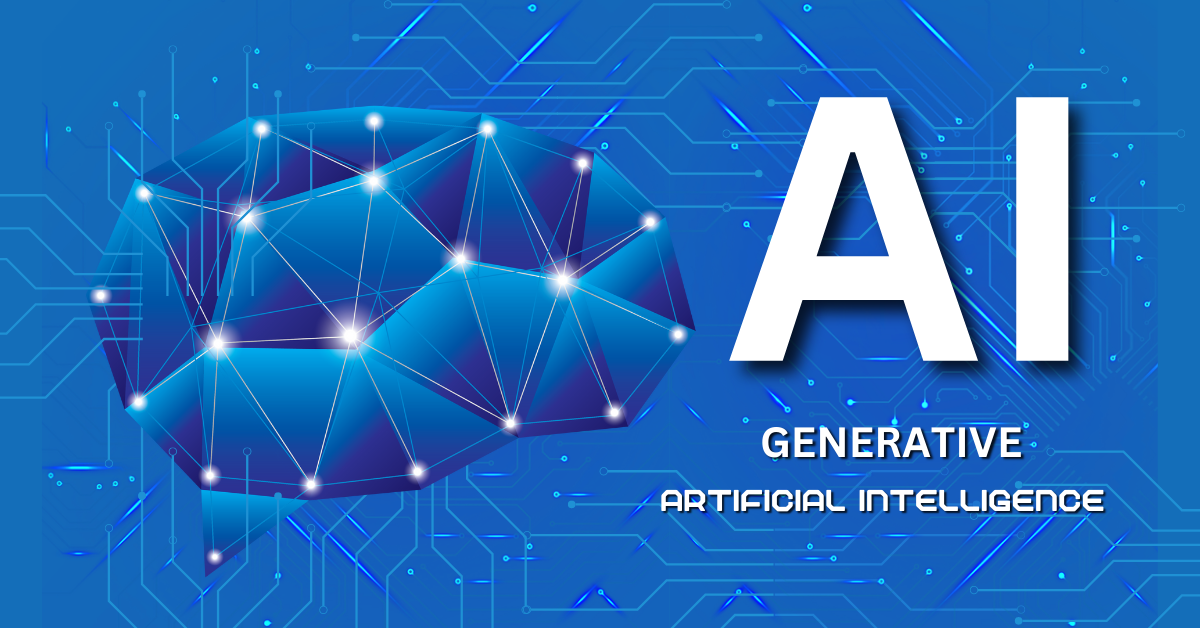
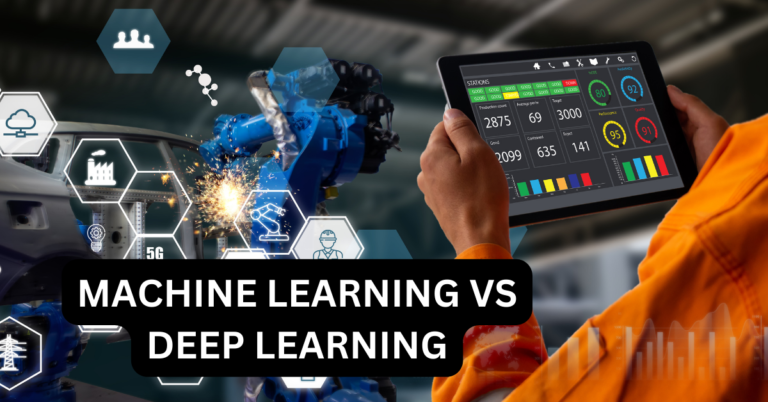

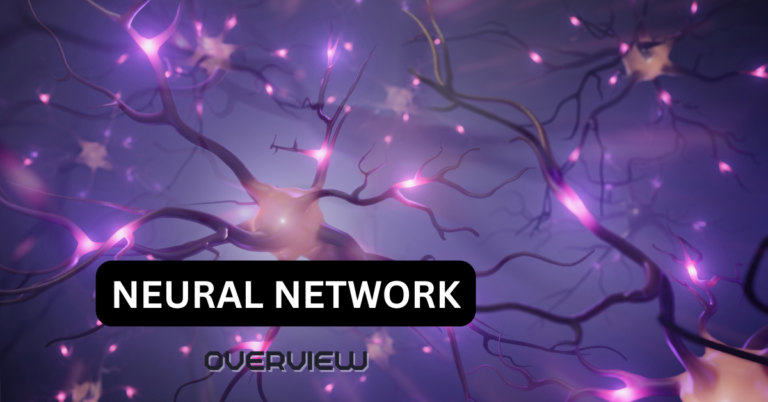
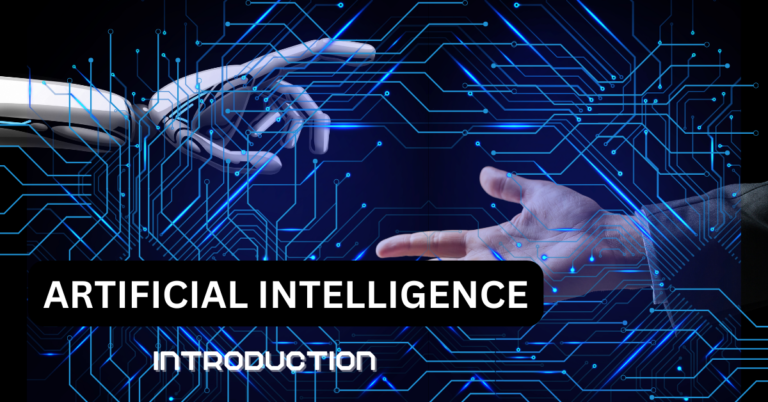

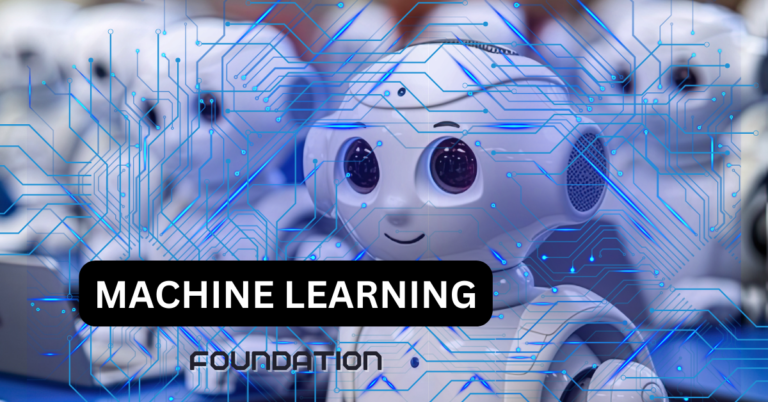
One Comment